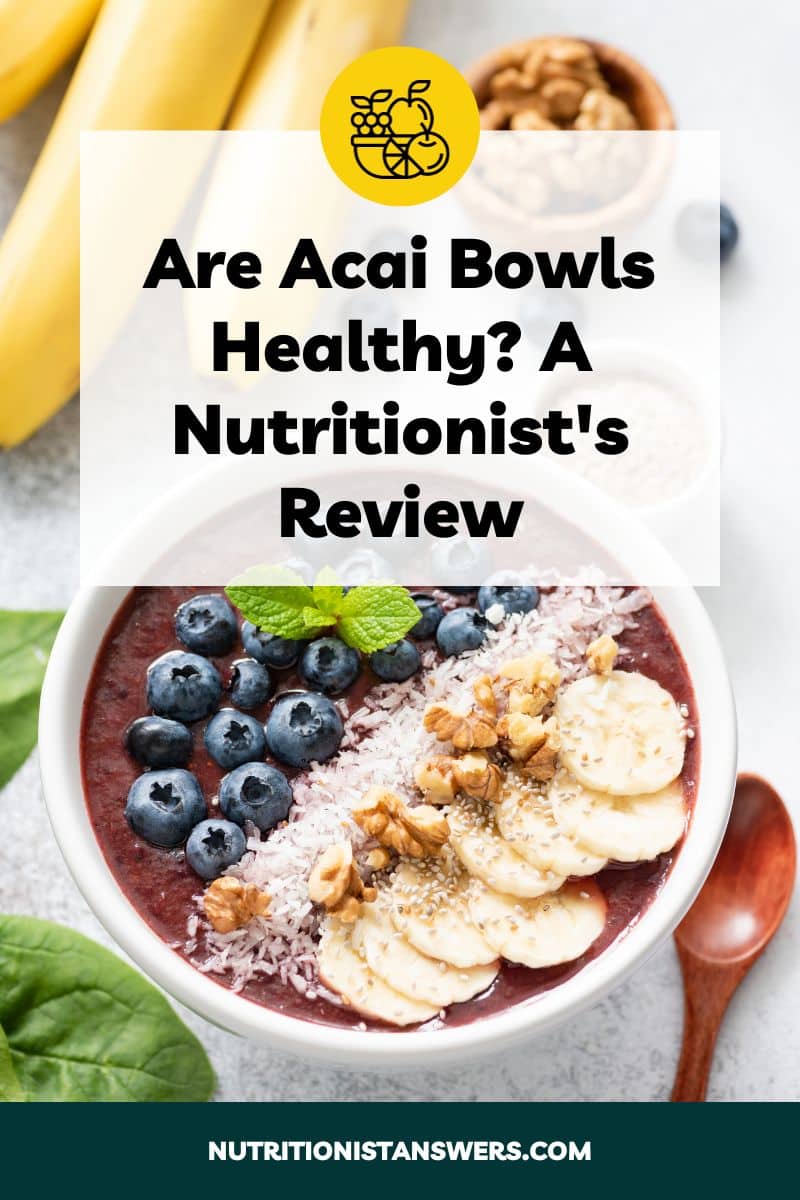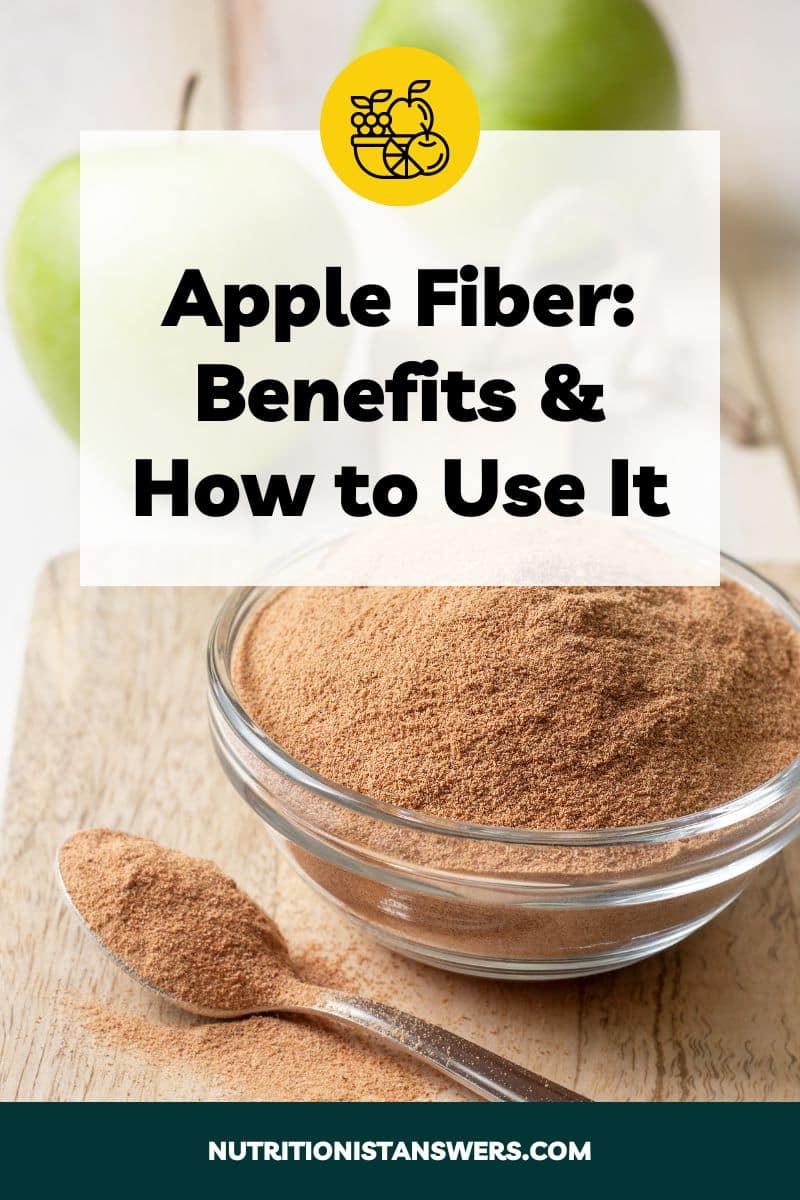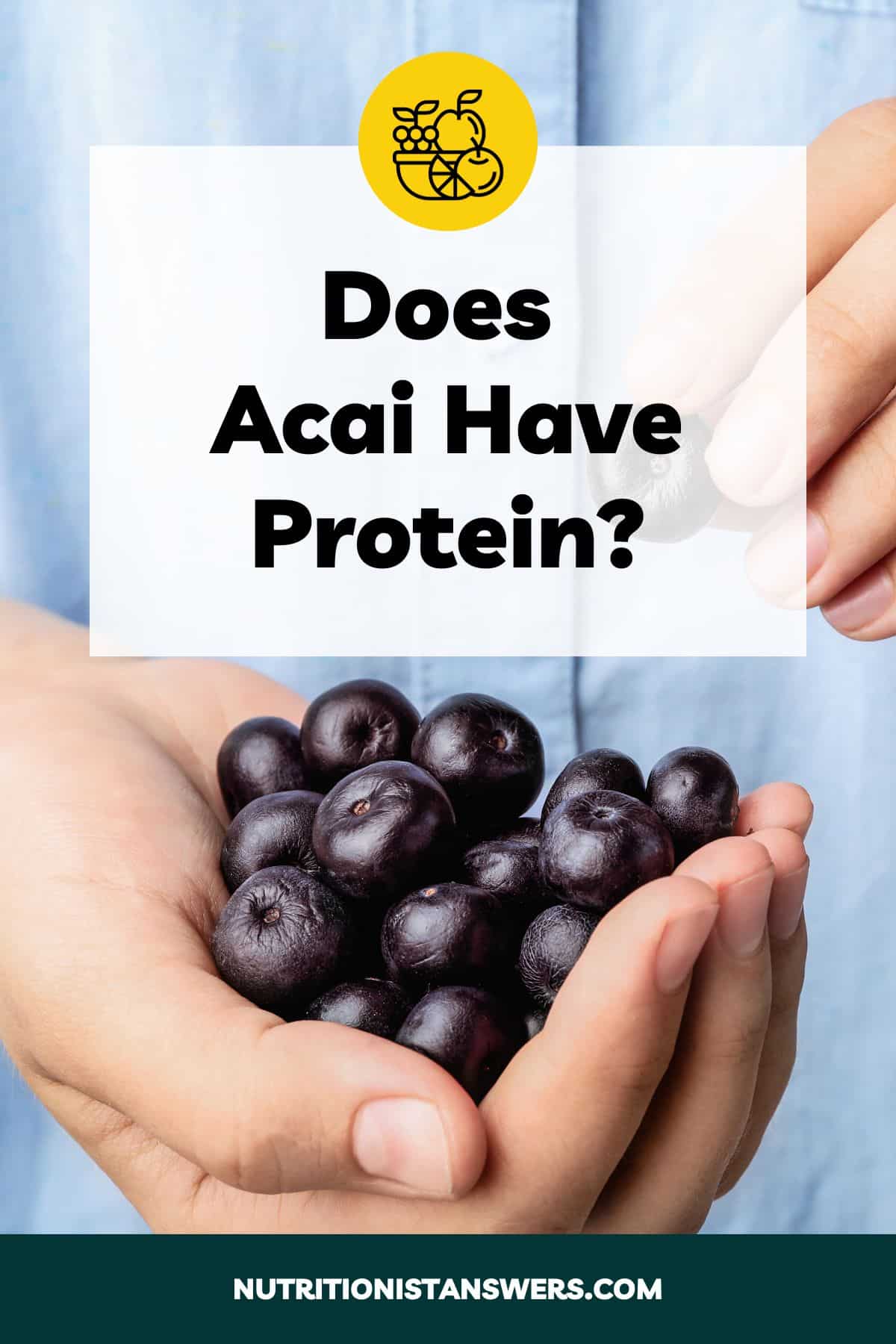Acai bowls are made by blending frozen or powdered acai with a liquid base, such as juice, milk, or yogurt, pouring the puree into a bowl, and topping with fruit, granola, and other ingredients.
While acai bowls can be a great source of antioxidants, how “healthy” they are depends on what other ingredients are included, as well as your individual nutrient needs and health goals.
What makes an acai bowl healthy
Here are a few things that make acai bowls healthy:
1. Acai bowls are a rich source of antioxidants.
Acai berries are known for being high in antioxidants — compounds that help neutralize free radicals and protect cells from oxidative stress (1).
Consuming a diet high in antioxidant-rich foods is linked with a lower risk of heart disease, cancer, and death from any cause (2, 3).
To put it into perspective, acai berries contain about 85% more antioxidants than blueberries (4, 5)!
2. Acai bowls contain high-fiber ingredients.
Acai is naturally high in fiber, with 4 grams in each 3.5-ounce (100-gram) serving (29). Most acai bowls also include other fiber-rich ingredients such as berries, granola, nuts, and seeds.
For example, the Dole acai bowl (available at grocery stores) provides 7 grams of fiber — that’s one-fourth of your daily fiber needs (6).
Fiber promotes digestive health, regulates blood sugar levels, supports heart health, and helps you feel full and satisfied between meals (7, 8).
What makes an acai bowl less healthy
1. Acai bowls may be high in added sugars.
Many people add sweeteners like table sugar and honey to their acai bowls — this helps balance out acai’s bitter, earthy flavor.
Premade acai bowls from grocery stores and restaurants are often high in added sugars as well. For example, the Dole acai bowl includes 11 grams of added sugars from honey.
The American Heart Association recommends limiting daily added sugars to no more than 9 teaspoons (36 grams) for men and 6 teaspoons (25 grams) for women (9).
To lower the added sugar content of your acai bowl, use pure, unsweetened frozen acai and limit the amount of sweeteners you add.
2. Acai bowls are sometimes low in protein.
Acai bowls may be low in protein, especially if water, juice, or certain plant-based milks and yogurts are used as the liquid base.
For example, most premade acai bowls found at grocery stores offer less than 4 grams of protein per serving (10, 11).
Protein is an important component of balanced meals and snacks. It promotes muscle growth, stabilizes blood sugar levels, and helps you feel full for longer after a meal (12, 13, 14).
You can increase the protein content of your acai bowl by using yogurt or milk as a base and topping with nuts, seeds, and high-protein granola.
3. Acai bowls may contain a lot of fat.
Acai bowls often include high-fat ingredients like coconut, full-fat dairy, nut butters, and seeds.
For example, an acai bowl made with full-fat Greek yogurt and topped with fruit, shredded coconut, chia seeds, and peanut butter contains around 40 grams of fat (15, 16, 17, 18, 19).
For most healthy people, the amount of fat in acai bowls shouldn’t be a concern. However, others may need to consume a low-fat diet to help manage certain health conditions.
If you’re following a low-fat diet, consider choosing a lower-fat base like non-fat yogurt or water, and toppings that are low in fat, such as blueberries, strawberries, and bananas.
How to build a healthy acai bowl
To make a healthy acai bowl that can serve as a balanced breakfast or satisfying snack, choose ingredients that are high in protein, fiber, and healthy fats.
Here are detailed, step-by-step instructions for building a healthy acai bowl:
1. Choose a high-protein liquid base.
Start by adding one of the following protein-rich liquid bases into a blender:
- Greek yogurt — 22 grams of protein per cup (16)
- Yogurt — 9 grams of protein per cup (20)
- Cow’s milk — 8 grams of protein per cup (21)
- Soy milk — 8 grams of protein per cup (22)
- Pea milk (such as Ripple) — 8 grams of protein per cup (23)
Another option to boost protein content is to add protein powder to supplement liquid bases that lack adequate protein, such as water or plant-based milks made from nuts, seeds, or grains.
To keep added sugars low, choose unsweetened or lightly sweetened versions of milk and yogurt.
2. Add frozen acai or acai powder.
Add one packet (3.5 ounces) of frozen acai or 1-2 tablespoons of acai powder into the blender.
3. Throw in some other healthy fruits.
Choose one or two of the following fruits to add to the blender:
- Blueberries — high in vitamin K and carotenoids (24)
- Strawberries — high in vitamin C and copper (25)
- Raspberries — high in fiber, vitamin C, and copper (26)
- Blackberries — high in fiber, vitamin C, and vitamin K (27)
- Bananas — high in potassium and vitamin C (28)
4. Blend until smooth and pour into a bowl.
Combine everything in a high-quality blender, then blend on high for at least 30 seconds. If you have trouble getting everything to come together, add a little more liquid.
5. Sprinkle on some nutrient-dense toppings.
Choose two or three of the following toppings to boost the flavor and nutritional value of your acai bowl:
- Sliced fruit: bananas, strawberries, blueberries, kiwi
- Nuts and seeds: sliced almonds, chia seeds, hemp seeds, shredded coconut
- Nut butters: almond butter, peanut butter, cashew butter
- Other: granola, cacao nibs
Finally, grab a spoon and enjoy your healthy, nourishing acai bowl!
Final thoughts
Acai bowls can absolutely be a healthy choice — they’re high in antioxidants, fiber, and healthy fats. However, they may contain a lot of added sugars and are often low in protein.
Thankfully, the ingredients in an acai bowl can be tailored to your individual nutritional needs, whether your preferred diet is low-carb, low-fat, or something in between.
To build a balanced, nutritious acai bowl, start with a protein-rich base like yogurt or milk and incorporate lots of nutrient-dense toppings, such as sliced fruit, seeds, and nut butter.
Amy Richter is a Registered Dietitian Nutritionist based in Missouri. She is an experienced nutrition writer and medical advisor for Healthline and Medical News Today. Amy is passionate about all things food-related and enjoys translating complex science into easy-to-understand articles.





